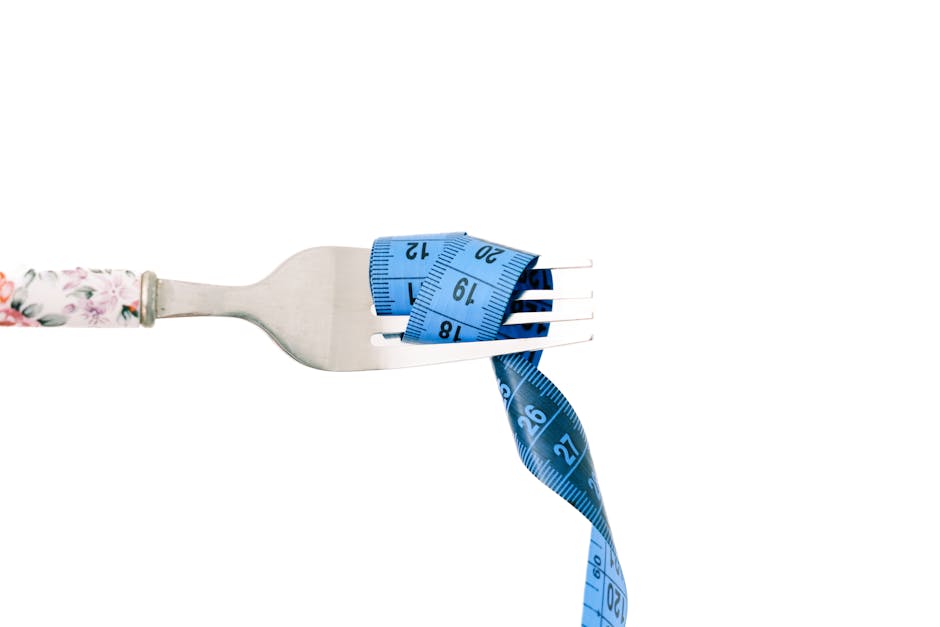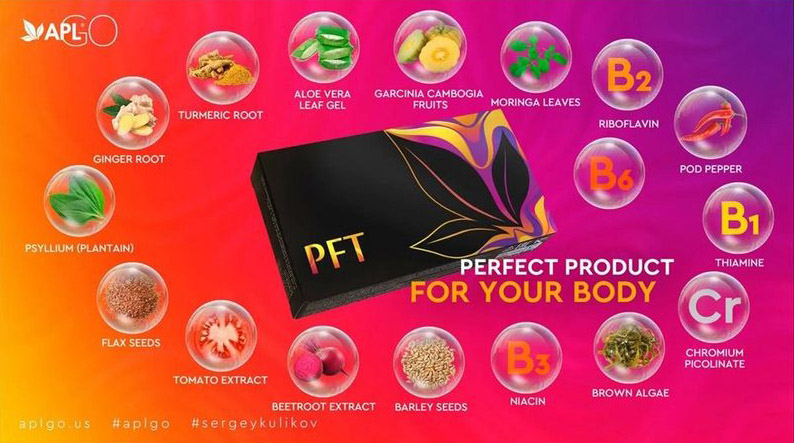
Effective weight management is a journey that involves a combination of healthy habits and a balanced lifestyle. It's not just about reaching a specific number on the scale but fostering overall well-being and preventing health issues associated with being overweight or underweight.
Understanding Weight Management
Weight management refers to the process of adopting long-term lifestyle changes to maintain a healthy body weight. This involves understanding your body's energy needs, the impact of various foods, and the benefits of regular physical activity. It's crucial to recognize that everyone's body is different, and what works for one person may not work for another. Sustainable weight management focuses on gradual, consistent changes rather than quick fixes.
Balanced Nutrition
At the core of weight management is nutrition. A balanced diet provides your body with the necessary nutrients without excessive calories. This typically means focusing on:
Whole Foods and Suggested Servings
Fruits: Aim for 2-4 servings per day. One serving can be a medium-sized fruit (like an apple or banana), 1 cup of berries, or ½ cup of chopped fruit.
Vegetables: Strive for 3-5 servings or more per day. One serving is typically 1 cup of raw leafy greens or ½ cup of cooked vegetables. Try to incorporate a variety of colors.
Whole Grains: Include 3-6 servings per day. A serving might be one slice of whole-wheat bread, ½ cup of cooked oatmeal, or ½ cup of cooked brown rice or quinoa.
Lean Proteins: Aim for 2-3 servings per day. A serving is about 3-4 ounces of cooked lean meat, fish, or poultry, ½ cup of cooked beans or lentils, or 1 egg.
Healthy Fats: Consume in moderation, typically 1-2 servings per day. Examples include 1 tablespoon of olive oil, ¼ of an avocado, or a small handful of nuts or seeds.
Other key aspects of balanced nutrition include:
- Portion control: Being mindful of serving sizes is crucial to avoid overconsumption. Here are general guidelines using common visual cues:
- Grains (pasta, rice): About ½ cup cooked, roughly the size of a light bulb or a tennis ball.
- Meat/Fish/Poultry: 3 ounces (about 85 grams), roughly the size of a deck of cards or the palm of your hand.
- Cheese: 1.5 ounces, about the size of two dice or your thumb.
- Nuts: A small handful, about ¼ cup or the size of a golf ball.
- Fats (oil, butter): 1 teaspoon, about the size of the tip of your thumb.
Remember, these are general guides; individual needs vary based on age, activity level, and specific health goals. Using measuring cups and spoons for a while can help you learn to eyeball appropriate portions.
- Hydration: Drinking plenty of water throughout the day is essential. While individual needs vary based on activity level, climate, and overall health, a common recommendation is to aim for about 8 glasses (each 8 ounces) of water daily, which totals around 2 liters or half a gallon. Listen to your body's thirst cues, and remember that some of your fluid intake also comes from foods like fruits and vegetables.
- Limiting processed foods: Processed foods are those that have been altered from their natural state for safety, convenience, or to enhance taste. While some processing is minimal (like cutting vegetables or pasteurizing milk), "limiting processed foods" typically refers to highly processed or ultra-processed foods. These often contain added sugars, unhealthy fats, sodium, artificial colors, and preservatives, and tend to be low in fiber and nutrients.
Examples of Processed Foods and Unhealthy Snacks
High-fat processed items: These include many fast food items (e.g., fried chicken, burgers, fries), highly processed meats (e.g., hot dogs, some sausages, bacon), many commercially baked goods (e.g., pastries, donuts, some cookies), and some packaged snacks (e.g., certain chips, microwave popcorn with added butter). These are often high in saturated and trans fats.
Unhealthy snacks: Generally refer to items high in added sugars, unhealthy fats, and/or excessive sodium, offering little nutritional value. Examples include candy, most potato chips, sugary cereals, soda, energy drinks, most pre-packaged cookies and cakes, and deep-fried snacks.
Healthy Snacks
Healthy snacks are typically whole or minimally processed foods that provide nutrients, fiber, and protein to help you feel full and energized without excessive calories, sugar, or unhealthy fats.
- Fresh fruits (apples, bananas, berries, oranges)
- Vegetable sticks (carrots, celery, bell peppers) with hummus
- A small handful of unsalted nuts (almonds, walnuts) or seeds (chia, flax)
- Plain Greek yogurt with a few berries
- Hard-boiled eggs
- Whole-grain crackers with a slice of avocado or a small amount of lean protein
Consider consulting with a registered dietitian or nutritionist for personalized dietary advice tailored to your specific needs and health goals.

Regular Physical Activity
Physical activity plays a vital role in weight management by burning calories, building muscle mass, and improving metabolism. Aim for a combination of aerobic exercises and strength training. Even small increases in daily activity, such as taking the stairs instead of the elevator or going for a short walk, can contribute significantly over time. Consistency is key, so find activities you enjoy to make it a sustainable part of your routine.
Aerobic Exercise Recommendations
For substantial health benefits and weight management, adults should aim for:
- Moderate-intensity aerobic activity: At least 150 minutes per week (e.g., 30 minutes, 5 days a week). You should be able to talk, but not sing.
- Vigorous-intensity aerobic activity: At least 75 minutes per week (e.g., 25 minutes, 3 days a week). You should be breathing hard and unable to say more than a few words.
- Or an equivalent combination of both.
Examples of aerobic exercise include:
- Moderate: Brisk walking, swimming, dancing, cycling on level ground, active yoga.
- Vigorous: Running, swimming laps, fast cycling, hiking uphill, jumping rope, high-intensity interval training (HIIT).
Muscle-Building Exercise (Strength Training) Recommendations
Engage in muscle-strengthening activities that work all major muscle groups (legs, hips, back, abdomen, chest, shoulders, and arms) at least 2 or more days a week.
Examples of muscle-building exercises:
- Lifting weights (using dumbbells, barbells, or machines)
- Bodyweight exercises (e.g., push-ups, squats, lunges, planks, crunches)
- Resistance band exercises
- Heavy gardening (e.g., digging, shoveling)
- Some forms of yoga and Pilates
For strength training, aim for 8-12 repetitions per set, for 2-3 sets per exercise, targeting fatigue in the muscles by the last repetition.

Sleep and Stress Management
Often overlooked, adequate sleep and effective stress management are crucial for weight control. Lack of sleep can disrupt hormones that regulate appetite, leading to increased hunger and cravings. Chronic stress can also lead to weight gain due to elevated cortisol levels and emotional eating.
Adequate Sleep: For most adults, adequate sleep is generally defined as 7-9 hours per night. Quality of sleep is also important, meaning uninterrupted and restful sleep. Prioritizing consistent sleep schedules can significantly improve overall health and assist with weight management.
Chronic Stress: This is defined as prolonged and constant feeling of stress that negatively impacts your health. Unlike acute stress (which is a short-term response to a specific threat), chronic stress persists over an extended period, leading to continuous activation of the body's fight-or-flight response. This can result in elevated cortisol levels, inflammation, and can impact appetite regulation and fat storage.
Meditation, Yoga, Hobbies for Stress Reduction: The key to incorporating these activities is consistency and finding what works best for you. There isn't a strict "amount" that applies to everyone, but rather regular practice.
- Meditation: Even 5-10 minutes daily can be beneficial. Regular practice, such as 15-30 minutes a few times a week, can yield greater results in managing stress and improving mental clarity.
- Yoga: Aim for at least 2-3 sessions per week, each lasting 30-60 minutes. Even short 15-minute daily sessions of gentle yoga or stretching can help.
- Hobbies: Dedicate regular time to hobbies you enjoy, whether it's daily, a few times a week, or on weekends. The important aspect is to consistently engage in activities that bring you joy and help you relax and de-stress, providing a mental break from daily pressures.
The goal is to integrate these practices into your routine as self-care, creating dedicated time to unwind and recharge.

Consistency and Patience
Weight management is not a sprint, but a marathon. It requires consistent effort, patience, and self-compassion. There will be good days and challenging days, and setbacks are a normal part of the process. Focus on progress over perfection, celebrate small victories, and learn from any challenges. Building a supportive environment and seeking professional guidance when needed can also greatly enhance your success.
ADVERTISEMENT

Control Your Appetite with PFT!
Ready to take control of your appetite and support your weight loss journey? APLGO's PFT is designed to help normalize your appetite, reduce cravings, support metabolism, and promote slimming when combined with a healthy diet and exercise. Packed with powerful ingredients like Ginger, Aloe Vera, Garcinia Cambogia, and essential vitamins, PFT supports your body's natural processes for a healthier you. Try PFT today and feel the difference!

Back to Table of Contents